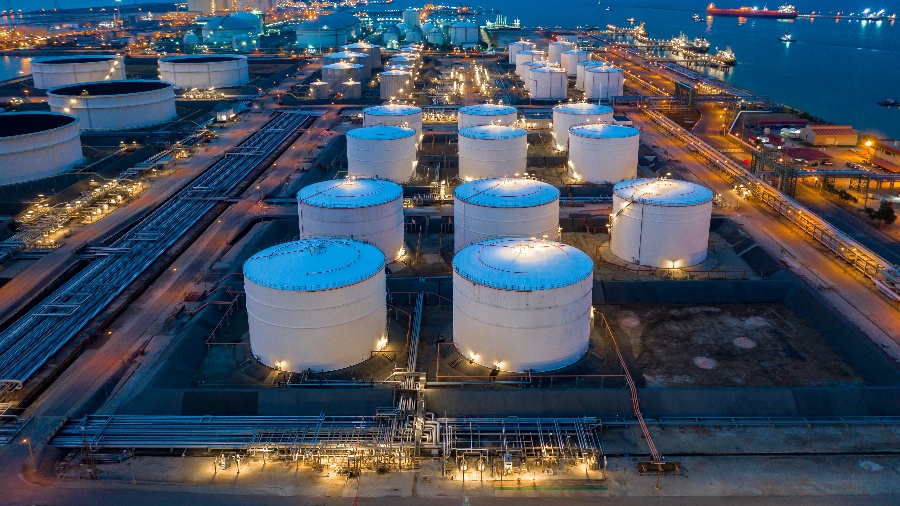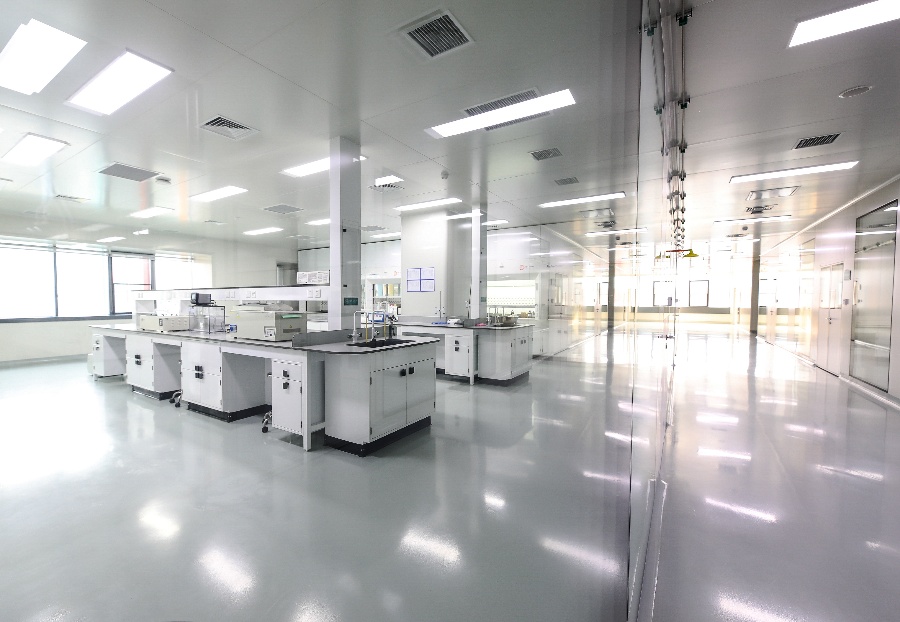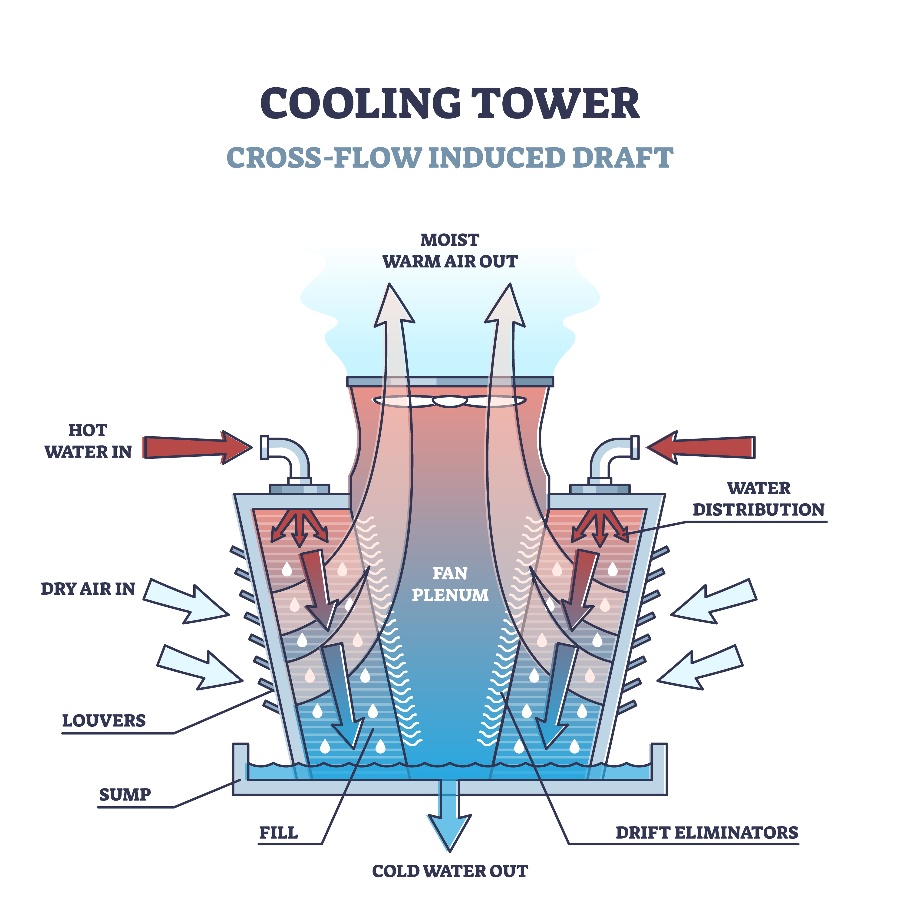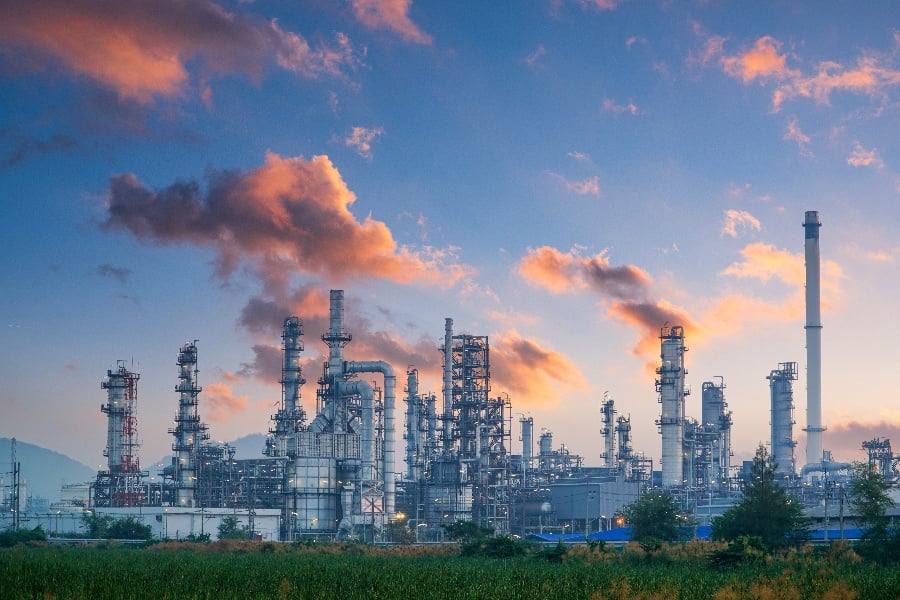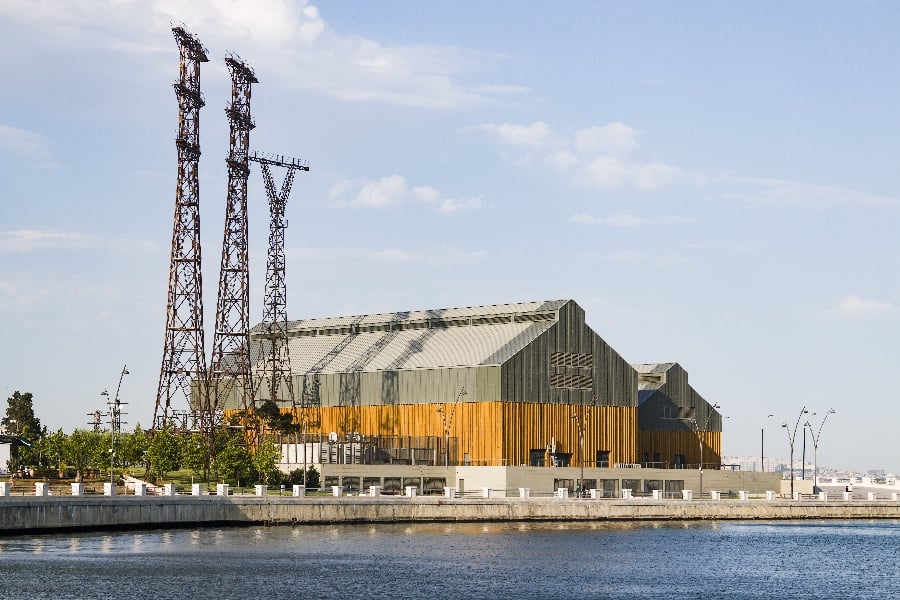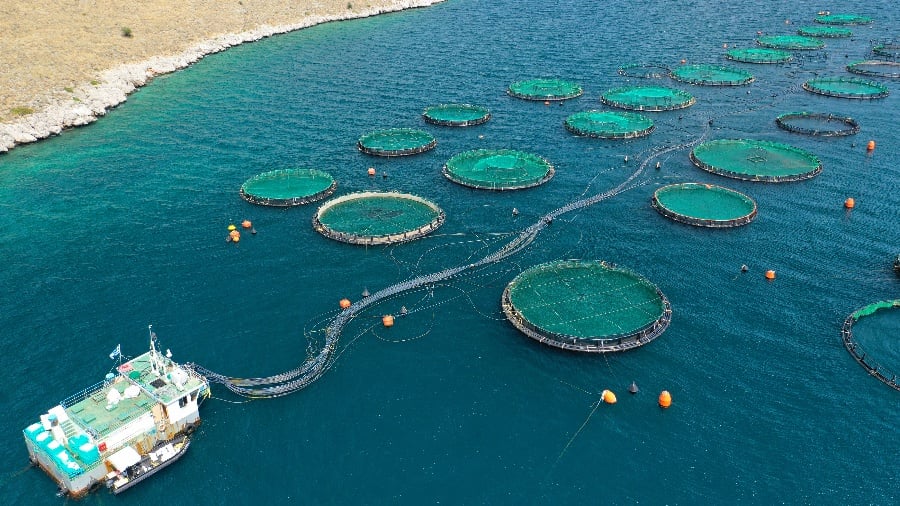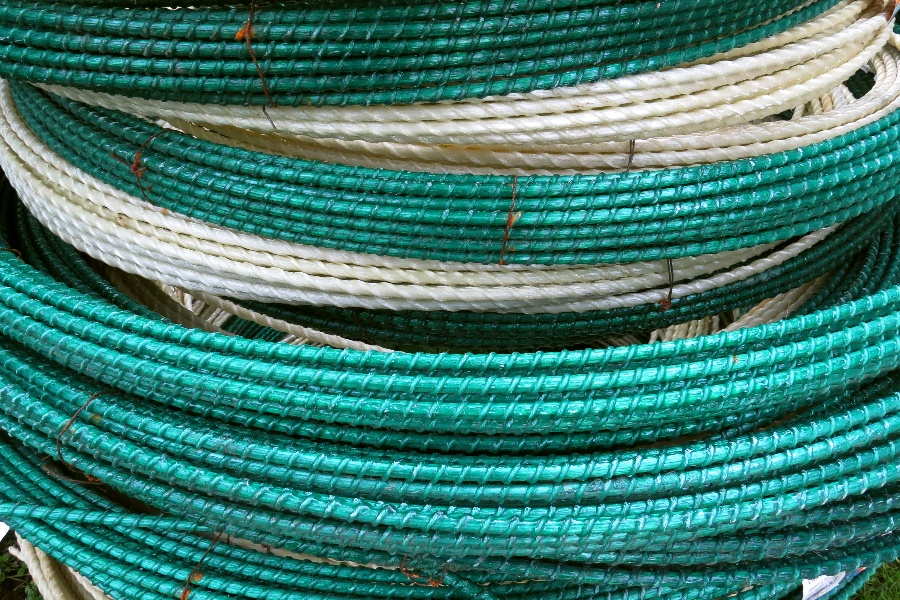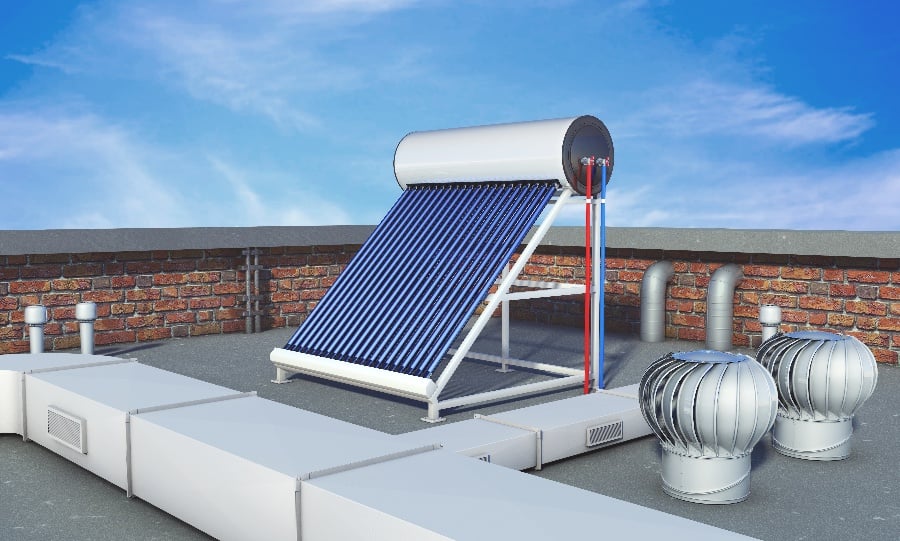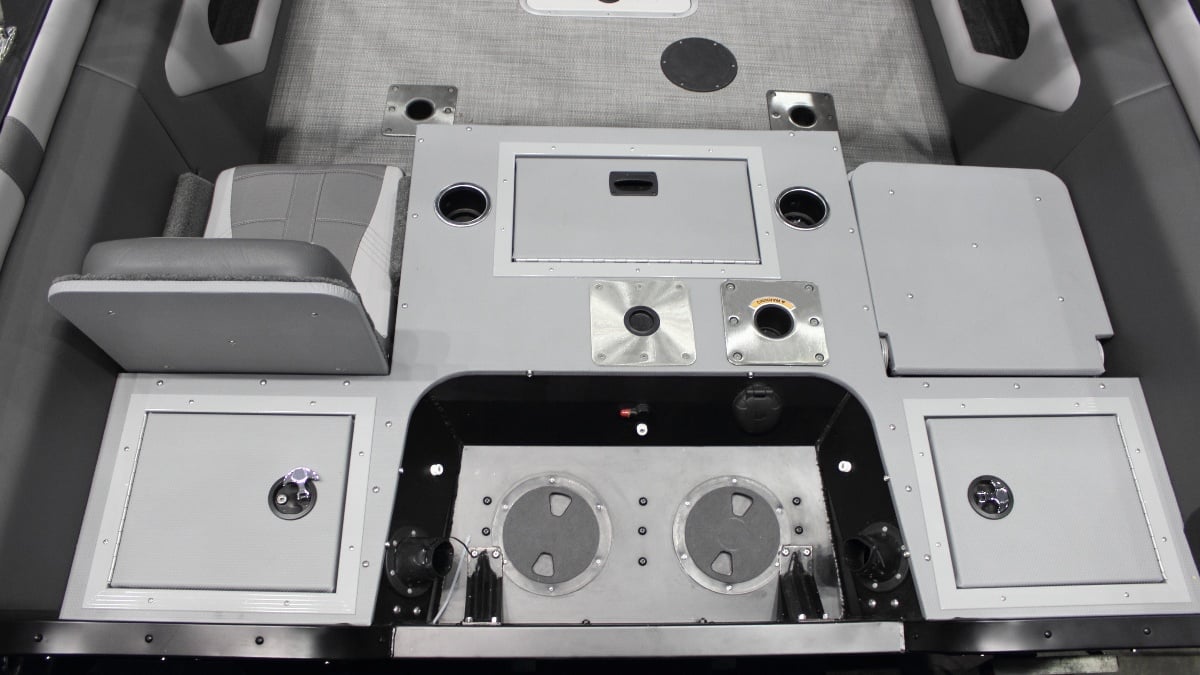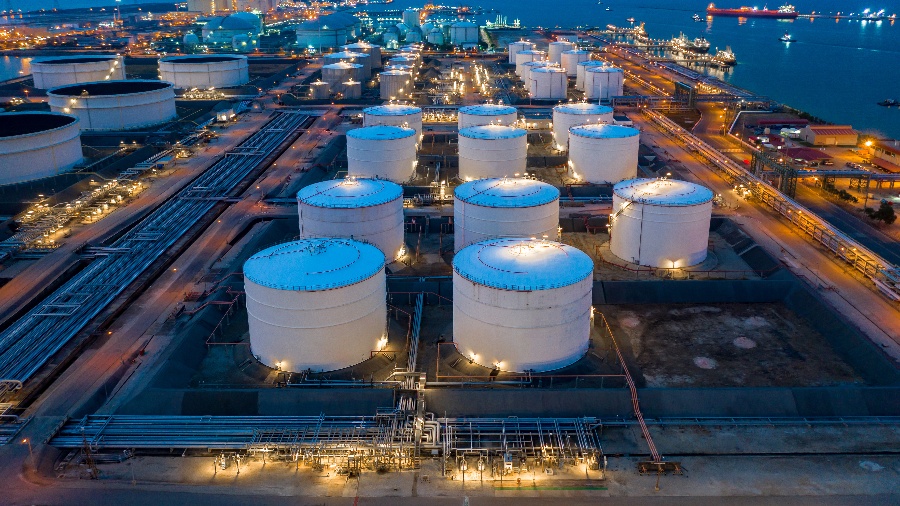
One often overlooked but absolutely essential component of any chemical testing or manufacturing facility is the storage tank. A chemical storage tank is an essential piece of equipment for any business that deals with dangerous or potentially hazardous chemicals.
These tanks provide a safe and secure space to store these materials, reducing the risk of leaks or contamination. In addition, they are often built from strong and durable materials, such as stainless steel or high-density plastic, to ensure that they can safely contain even the most volatile chemicals.
Chemical storage tanks come in a variety of different sizes and shapes, each designed to serve a specific purpose. For example, larger tanks may be used to store flammable or corrosive chemicals, while smaller ones may be used to store more benign substances like cleaning agents or waste products. Furthermore, these tanks are designed and built to exact specifications in order to ensure high levels of safety, reliability, and performance. For example, the tanks must be engineered to withstand heavy impacts or vibrations that might occur during transportation. Regardless of their shape or size, however, it is crucial that these tanks are kept in good working order at all times.
Many chemical storage tanks can be prone to leaks and corrosion due to the harsh conditions inside of them, so regular maintenance and inspection are necessary for safety purposes. Additionally, because many toxic chemicals can pool in the bottom of these tanks, special precautions must be taken whenever moving stored materials from one tank to another. Plus, most chemical storage tanks also come with features like temperature controls, built-in alarms, and monitoring systems to help keep your chemicals safe and secure.
Design Considerations for Chemical Storage Tanks
In order for chemical storage tanks to function effectively, there are a number of important design considerations that must be taken into account. The first is the material from which the tank is made. Since certain chemicals can be corrosive, it is vital to select a resilient and durable material that will not easily corrode or break down over time, such as stainless steel or glass-reinforced plastic.
Another key factor is venting. Depending on the properties of a particular chemical, there may be specific requirements for how vents are designed and located on the tank in order to minimize exposure and prevent dangerous gas buildup. Finally, safety features like alarms and monitoring systems may also need to be incorporated into the design in order to provide an extra layer of protection against potential hazards. Overall, designing effective chemical storage tanks requires careful planning and consideration of many different factors in order to ensure optimal performance and safety.
Material Choice for Chemical Storage Tanks
When it comes to choosing the materials for chemical storage tanks, there are a number of factors to consider. The most important consideration is obviously the chemical that is going to be stored within the tank, as different chemicals have different requirements in terms of storage material. For example, corrosive chemicals generally require more durable materials such as stainless steel or fiberglass, while reactive chemicals need to be kept away from any heat sources.
Other considerations include cost, performance, and ease of maintenance. Ultimately, the best choice will depend on the specific needs and requirements of each individual application. However, in general, it is always advisable to opt for quality materials that can withstand temperature changes and prolonged exposure to chemicals over time. When it comes to storing chemicals safely and effectively, quality material choice is essential.
FRP for Chemical Storage Tanks
Fiber-reinforced polymer, or FRP, has become an increasingly popular choice for use in chemical storage tanks. This material boasts many advantages over traditional metal tanks, including excellent chemical resistance, extreme durability, and a huge range of sizes and shapes. Because of these benefits, more and more companies are turning to FRP for the containment of potentially hazardous chemicals. Additionally, since these tanks are lightweight and easy to install and maintain, they have become a very cost-effective option for many businesses.
Corrosion Free
FRP chemical tanks are highly resistant to both chemical attacks and physical damage from impacts and vibrations. This makes them ideal for above-ground and underground installations where extreme conditions may exist. Furthermore, because FRP does not require any external protection against rust or other forms of corrosion, these tanks eliminate the need for costly protective measures like exterior painting or cathodic protection systems. All in all, then, it is clear that FRP is an extremely effective material for chemical storage tanks due to its exceptional durability and unmatched corrosion resistance.
Chemical Resistant and Fire Retardant
One of its key benefits is its resistance to chemicals and other potentially damaging substances. For example, it can be used as the construction material for Chemical Storage Tanks without fear of corrosion or damage due to acidic liquids and hazardous compounds. Additionally, because FRP is inherently fire retardant, it offers superior protection against both external and internal fires and will not contribute fuel in such cases. These qualities make fiber-reinforced polymer a great choice for use in Chemical Storage Tanks, making it an ideal solution for many industrial applications.
Cost Effective
Compared to traditional storage tanks made from steel or concrete, FRP is more economical in terms of both installation costs and lifetime costs. This is due to several factors. For one thing, FRP materials are lightweight, making them easier and less expensive to transport and install. In addition, these materials tend to be more resilient than other options, lasting much longer before needing to be replaced. Altogether, this means that FRP represents a cost-effective choice for chemical storage tanks, offering significant advantages over conventional materials in both the short and long term.
Overall, if you are looking for an advanced material to use in your chemical storage tank, then the fiber-reinforced polymer is definitely a good option. However, you need to consider your specific application when choosing between different types of storage tanks, as each application will have its own unique set of requirements and constraints.
So whether you are looking for a small tank with minimal weight and space requirements or a large and stable tank that can hold large volumes of dangerous chemicals, the fiber-reinforced polymer is likely to be an excellent choice for your needs. With the right engineering expertise and attention to detail, this material can help ensure safe and efficient chemical storage in any application.'

